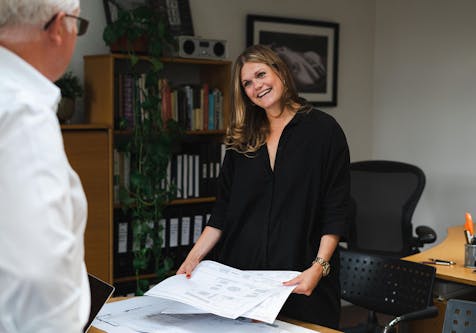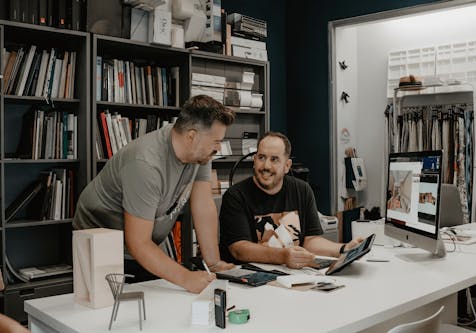How It Works: The Interior Designer & Contractor Relationship
Learn how good relationships between interior designers & builders can be mutually beneficial, then find tips to improve how you work with builders and other contractors today.

Having a great working relationship with contractors is essential to creating success in your interior design business, and helps to ensure your projects are completed on time and up to standard. Learn the ins and outs of how interior designers work with contractors in this Houzz Pro Learn guide to start building more mutually beneficial business partnerships today.

How do interior designers work with contractors?
Depending on the specifics of each interior design project, you may find yourself needing to work with a variety of contractors or a builder to complete and install your design. Contractors are skilled experts who often specialise in just one trade (e.g. carpentry, painting, electrical, carpet installation, etc.) or have expertise in various trades as a builder and manage the work of subcontractors or employees. The type of contractor you hire will vary given the details of your project.
No matter what type of contractor you work with, fostering a positive interior designer and contractor relationship is crucial to your success. As the principal designer bringing your contractor(s) in on your client’s project, you are ultimately responsible for the timeline, project management, collaboration and overall outcome of the design. That being said, your contractor(s) will also be managing their own portion of the project while you oversee, so it’s essential to establish clear expectations. deadlines and communicate effectively.
How to build and maintain a strong interior designer and contractor relationship
When interior designers and contractors have a good working relationship, both parties benefit from the fruits of their labour. Successful business partnerships lead to successful business outcomes, which creates a win-win dynamic to potentially work together in the future, gain more clients via referrals and create great word-of-mouth marketing.
The following list of tactics can help you start working better with contractors ASAP.

Set expectations
It’s important to set your project, timeline and deliverable expectations right from the start when determining how to work with contractors as an interior designer. That way everyone is on the same page. This is best done via a contract and a written outline/timeline and what needs to be done and by when. You can’t score a goal if you haven't defined what success looks like, so make sure to express your goals and expectations from the get-go.
You should also clearly convey your communications protocol with contractors. As the interior designer, you are the key point person for your client and all communication should go through you (not to the client via your contractor).
Manage expectations
Depending on your timeline, daily, fortnightly or weekly status updates are key to making sure your project stays on track and on time. Schedule regular check-ins and stick to your schedule to better manage expectations and assure that incremental goals are being met.
Practice effective communication
Communicating effectively can make or break the interior designer and contractor relationship. Keep in mind the “three Cs” of good communication: be clear, concise and consistent. Let’s break these down.
- Clear: Write down directives to your contractors or send electronically via email or mobile so everything is written down and crystal clear.
- Concise: Keep it simple. When communicating your plans, remember that less is more.
- Consistent: Stay connected with your contractors with regular updates and meetings to keep the channel of communication open and your project moving in the right direction.

Always remain professional
The “fourth C” of effective communication should probably be “courteous.” It’s imperative to always remain professional and respectful when working with your contractors, even if snags and challenges arise during your project. Treat your contractors the way you’d like to be treated. This will go a long way to creating successful and productive working relationships.
Maintain your standards
Regularly checking in with your contractors is the only way to make sure the project is meeting your standards. It’s well worth your time to make these crucial, on-site reviews so you can assure the work being done meets your expectations, design vision and your client’s needs.
Create detailed guidelines
It bears repeating to write everything down as clearly and concisely as possible. It’s important that your contractor has all the necessary details needed to achieve your design vision, while also keeping things direct and to the point. Refer back to your guidelines as the project moves ahead so you can make sure you and your contractor are staying on the same page at all times.
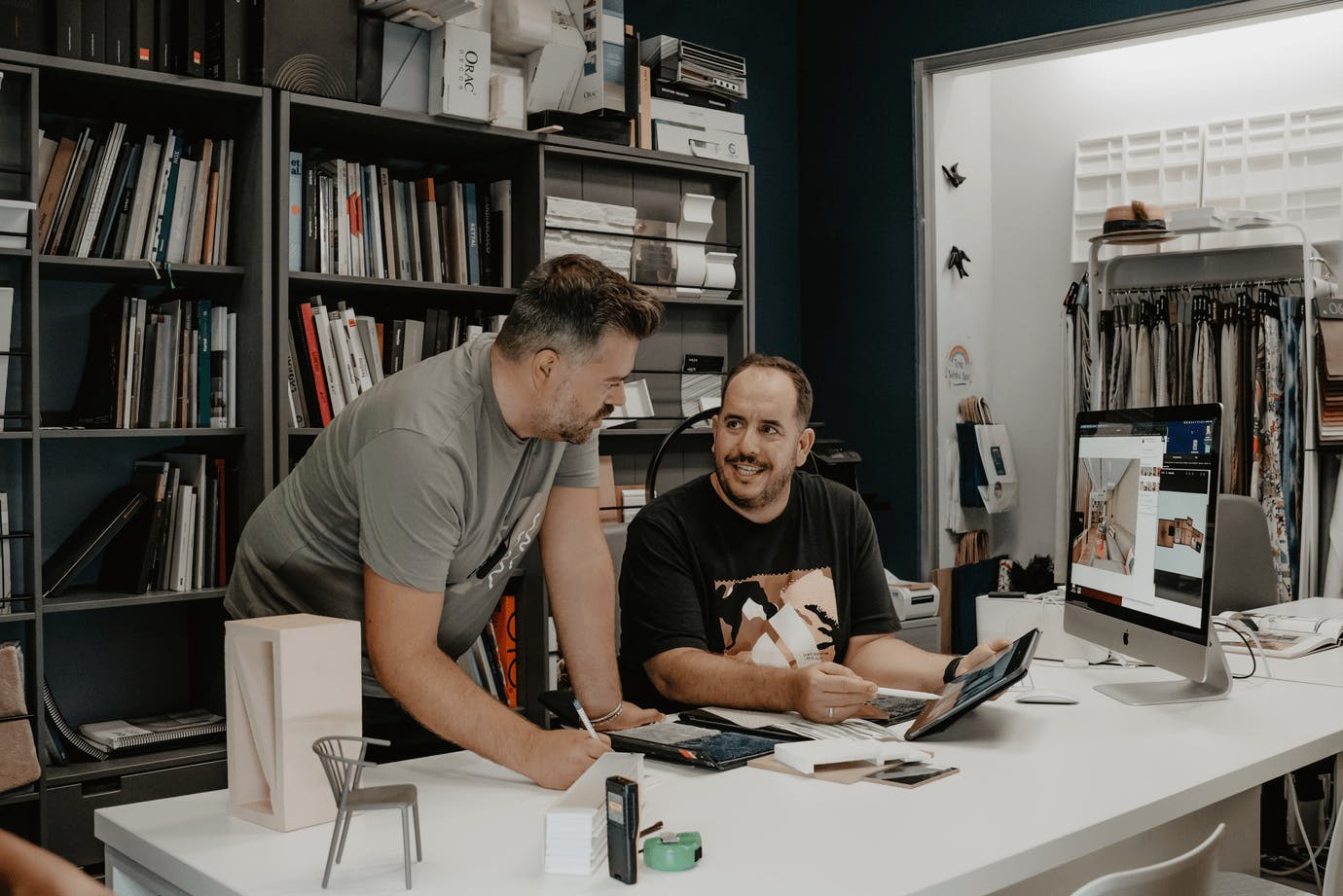
Leverage trade agreements
Beyond your detailed contract, trade agreements are a great way to set expectations with your contractors. This can include stipulations about contractors not working with your clients directly and only through you during the course of your project, how contractors should conduct themselves on site, communication protocols, job site responsibilities and more. While a contract is legally binding, trade agreements help to establish more day-to-day details of the working relationship.
Start with small projects
When deciding to work with a contractor, it can be a good practice to test the waters first before jumping fully into the deep end on a big project together. Use your best judgment to determine whether it’d be best to start on a small project with a contractor while you get to know each other’s professional style and to gauge the potential success of the interior designer and contractor relationship.
Be collaborative
When working with contractors, it’s important to remember that they are experts in their field just like you. So be open to their suggestions and respectful of their ideas when working on your project together. Another way to make collaboration more effective is to use the right tools. Check out Interior Design Collaboration Tips & Tools For 2022 for more great strategies and resources.
Make time for walkthroughs
While using digital tools to stay connected can be very useful, it’s very important to make time for on-site walkthroughs prior to starting work with your contractor. Your initial in-person meeting will ideally take place on the job site after speaking with your potential contractor on the phone or through a virtual meeting. That way your contractor can get a real world view of what the project entails. Your next walkthrough should take place after your contract for working together has been signed and before you have your contractor begin the actual work in order to help answer any remaining questions and iron out the details of your project.
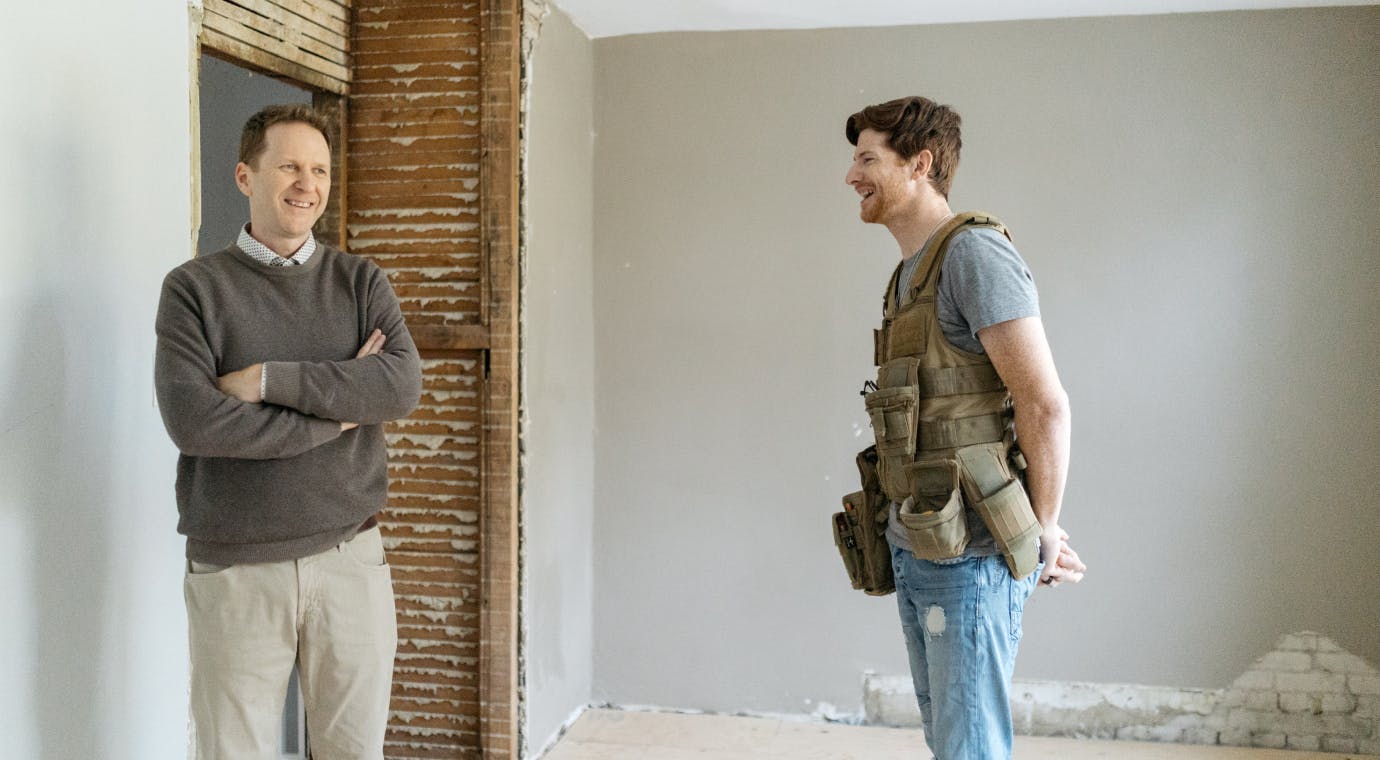
How interior designers can find good contractors to partner with
There are several ways to find good contractors to work with on your interior design projects.
Explore the area you want to be working in
In order to find the right contractor you need for a certain aspect of your project, it’s important to become more knowledgeable about that area of expertise. Spend some time researching and exploring what makes a great electrician, carpenter, builder, etc., as well as learning some of the essential lingo. A little research goes a long way to help you know what to look for and what questions to ask when hiring a professional to work with.
Search for contractors online
One of the best ways interior designers can work with contractors is through online searching. Google, Yellow Pages, Houzz.com.au and other reputable review sites are great resources for finding the right contractor to hire for your project. Make sure to thoroughly vet your contractors, relying on third-party reviewers versus just what’s listed on their website alone.
Network with local contractors
Consider joining a local home renovation and design professionals group to network with fellow colleagues in your field. In person networking is a great way to make a strong business connection and get to know more fully how you’ll like working with a particular contractor.
Ask other professionals you network with for recommendations
Recommendations from fellow interior designers, family, friends, and acquaintances are another great resource for finding a good contractor to work with. It’s true what they say, your network is your net worth, so make sure to mine yours for “gems” when searching for quality contractors.
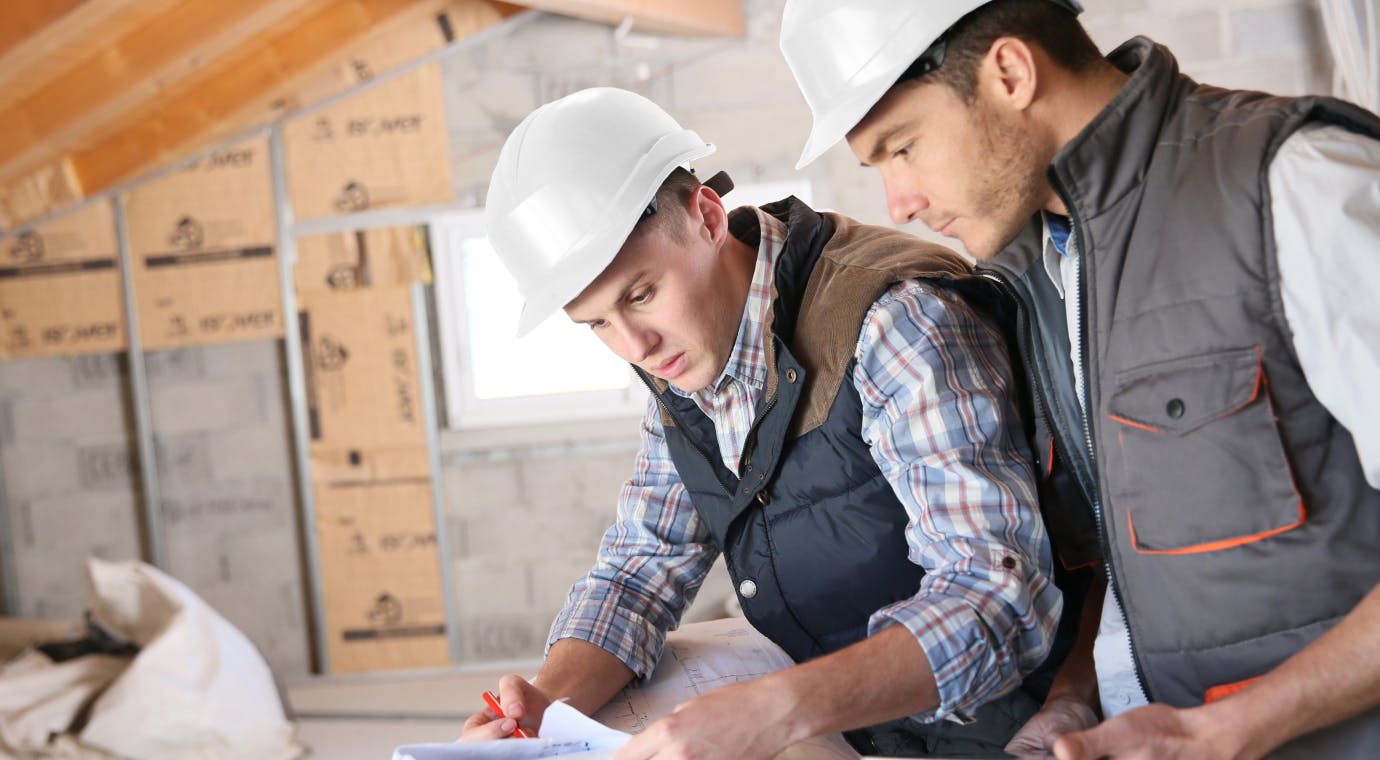
Other interior designer & contractor relationship FAQs
When does the interior designer and contractor relationship start?
The partnership with your contractor begins after having an initial conversation about the project needs, deciding you’d like to work together and have sent a contract to sign that’s been returned to you. Once the contract is signed and delivered, you’re ready to begin working officially with your contractor.
What is the difference between an interior designer and contractor?
An interior designer creates the overall design vision for a client and is in charge of overseeing the project from client onboarding to installation and completion. A contractor typically specialises in one area needed in the design work (tiling, painting, carpet installation, custom cabinet work, etc.) or oversees multiple contractors as a builder.
Do designers get kickbacks from contractors?
It is against the ethics code of the Australian Society of Interior Designers (SIDA) for designers to have any hidden referral fees they could potentially receive working with contractors, so getting “kickbacks” from contractors would be ill-advised. Keep your contractor fees up front and clearly delineated so that your clients know exactly what they’re paying for. Transparency and running an honest business will far benefit you in the long run.
Tips from real designers about the interior designer and contractor relationship:
Ekaterina Groznaya, Interior Designer at Studio E Designs in Magnolia advises “You have to always stay on top of things and make sure that every little detail is what you wanted. It's difficult to find a good partner that you can trust and with whom you can have good communication. Once you find that good contractor, definitely stick with them.”
Milena Fay, Interior Designer at Matte and Gloss Interiors in Glencoe has some great advice when she says, “Mistakes are going to happen—we're humans. But finding someone that you can collaborate with and communicate with is more important than finding the perfect worker, because that's impossible.”
Conclusion
We’re confident that you’ll be able to move forward in creating productive working relationships with contractors in your interior design business. Read on to learn about how interior designers work with architects and how to do so successfully.



